
All categories
Featured selections
Trade Assurance
Buyer Central
Help Center
Get the app
Become a supplier

(1062 products available)


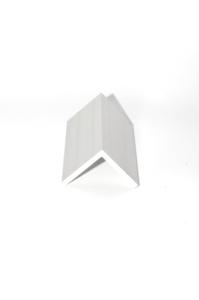



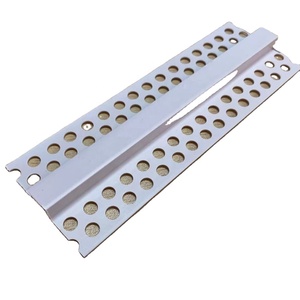


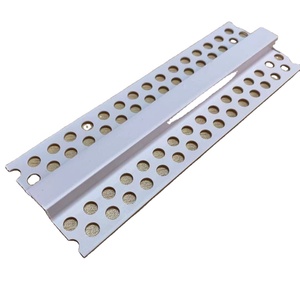











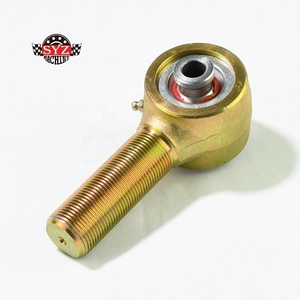
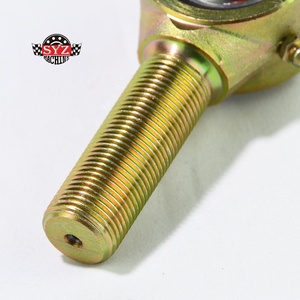


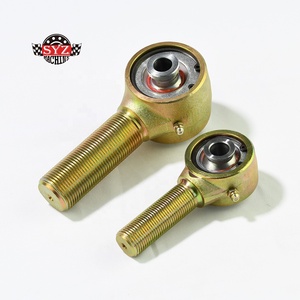

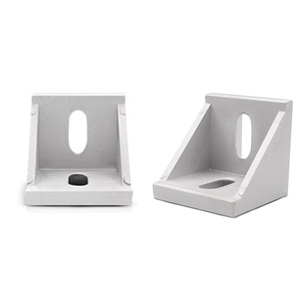






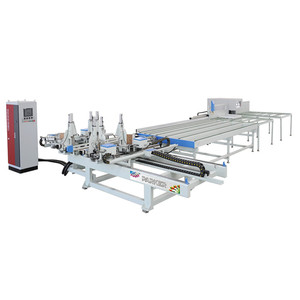



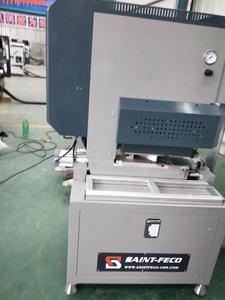
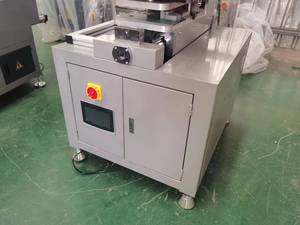

A corner joint in welding is a type of joint used to connect two pieces of metal at a corner angle, typically 90 degrees. It is commonly used in welding applications such as frames, boxes, and other structures where two metal parts need to be joined at a corner. The corner joint can be welded on the outside of the corner, the inside of the corner, or both, depending on the design and structural requirements.
There are several types of corner joints in welding, including:
Outside Corner Joint:
An outside corner joint is a welding joint that connects two metal pieces at an external corner. It is welded on the outside of the corner, forming a joint that is strong and durable. This joint is commonly used in structural applications where strength is required at an external corner. The weld bead penetrates the base metal, creating a bond that can withstand tension and shear forces. An outside corner joint is easy to identify; it has a weld bead that caps the joint and provides reinforcement.
Inside Corner Joint:
This joint welds two metal pieces together at an internal corner. It is a more challenging joint to weld than an outside corner joint because of the limited access to the welding arc. However, when welded properly, it creates a strong joint that is used in many applications. The weld bead may not be as prominent as that of an outside corner joint, but it adequately penetrates the base metal to create a bond that can resist pulling and shearing forces.
Butt Joint Corner Joint:
A butt joint corner joint is a type of corner joint where the ends of the two pieces being welded meet flush with each other. This joint is often used at corners to create a strong weld connection. It requires precise alignment and fit-up before welding to ensure the weld penetration is adequate and the resulting joint is strong. Techniques such as grinding the edges or using a V-groove can help increase weld penetration in thicker materials.
Gap Joint:The gap joint corner joint is a type of joint where a small gap is left between the two pieces of metal before welding. This gap can help increase weld penetration and is often used in pipe welding or other round sections. The size of the gap will depend on the welding process being used and the thickness of the materials being welded.
Corner Joint Welding
In a corner joint, the weld is made at the corner where two pieces of metal meet. This joint is often used to join parts that form a 90-degree angle, like in the corners of frames or boxes.
T Joint Welding
T-joint welding is used when one metal piece needs to cross another at an angle. The welder can create a joint in the shape of the letter T to make sure the two pieces are securely attached to each other.
Butt Joint Welding
This type of welding connects two metal pieces that are aligned straight with no overlap. It is often used when the pieces can fit end to end without any corners or joints getting in the way.
Lap Joint Welding
Lap joint welding connects two metal pieces that overlap each other. One piece is laid on top of the other, and the welder creates a joint in the area where they touch. This joint helps to join the overlapping parts securely.
Edge Joint Welding
Edge joint welding is used to join the edges of two metal pieces that are placed side by side. The edges of both pieces must be aligned perfectly so that the welder can create a joint to connect them.
Plug Welds and Slot Welds
Plug welds and slot welds involve one metal piece having a hole in it while the other does not. The hole allows the welder to create a joint by inserting the welding rod and connecting the two pieces through the hole. Similarly, slot welds are made when a slot is cut into one of the metal pieces before they are joined.
Spot Welding
In spot welding, the welder applies heat and pressure at specific points to join the metal pieces. This is commonly used in processes like welding car bodies, where many joints need to be made quickly.
Frame Construction
Corner welds are very important in the frame structure of buildings, vehicles, furniture, and other structures. They are used to join vertical and horizontal members, like beams, columns, and chassis, in order to make a strong and stable frame. These corner joint welds can withstand compression, tension, and torsion. They are also resistant to buckling and rattle.
Corner Joint in Welding for Shell Structures
Corner joints are often welded to reinforce the corners of shell structures, such as tanks, containers, and pipes. The corner welds help to distribute stress more evenly across the corners, reducing the risk of buckling or failure. They also increase the structural integrity and stability of the shell structures.
Equipment and Machinery
Welding corner joints is very common in the construction and manufacturing of equipment and machinery. For instance, in the fabrication of industrial machines, welding corner joints are used to join the frames, supports, and brackets. This application helps to ensure the alignment and load-bearing capacity of the machine components.
Welding Corner Joints in Electronics and Electrical Devices
Corner joints are welded in the fabrication of electronic devices and electrical equipment. For example, in making power supplies, welding corner joints are used to join the metal chassis, enclosures, and heat sinks. The corner joint welds provide good grounding, heat dissipation, and structural support for the electrical components.
Automotive and Aerospace Applications
Automotive and aerospace engineers frequently use corner joint welding techniques to construct various components. These include chassis, aircraft frames, and structural elements. The corner joint welds are able to provide high strength-to-weight ratios, ensuring the safety and efficiency of these vehicles.
Shipbuilding and Marine Applications
Shipbuilders and marine engineers use corner joint welding techniques to fabricate hulls, superstructures, and other maritime structures. The corner joint welds are capable of resisting harsh marine environments, including saltwater, waves, and corrosion. This ensures the longevity and stability of the maritime structures.
Joint Orientation:
This refers to the angle at which two base plates meet. They can either be horizontal or vertical. Vertical corner welds are usually more challenging and may need extra support to prevent weld metal from sagging. On the flip side, horizontal corner joints are easier since the weld pool naturally flows and fills the joint.
Joint Access:
One must consider how accessible the corner joint is for welding equipment and tools. Some corner joints are well accessible, while others are tight and limited. Well-accessed corner joints make the welding process easier, while tight corners may require specialized welding tools or techniques to complete the weld efficiently.
Material Thickness:
Materials used in various applications can have different thicknesses. The thickness of the material can influence the choice of welding technique and filler metal. Thicker materials may need more robust welding methods, such as MIG welding, while thinner materials can be adequately welded using techniques like TIG welding.
Position:
Welders have to consider the position in which the welding will take place. This can be flat, overhead, vertical, or horizontal. Each position presents different challenges and requires specific skills and techniques. For example, overhead welding is usually more challenging due to gravity's effect on molten metal.
Welding Parameters:
The parameters include the voltage, current, travel speed, and wire feed speed in processes like Gas Metal Arc Welding (GMAW). These factors need to be optimized to ensure a good weld quality. For instance, high voltage and current can increase penetration, while high travel speed can reduce penetration.
Welding Technique:
It involves the approach a welder uses to deposit the weld metal. It can include weaving, circular, or stringer technique. Weaving involves moving the torch or electrode in a side-to-side motion across the joint. In circular techniques, the welder moves the torch in a circular motion, covering the joint. Stringer technique entails moving the electrode or torch in a straight line along the joint.
Q1: What is the most difficult type of weld joint to make?
A1: Weld joints at the corner or T can be challenging because the welder must control the heat and fill the gap. This joint also requires a welder with the right skills and experience.
Q2: What is the strongest weld joint?
A2: The strongest weld joint is the Butt joint because it has a uniform thickness. This joint can withstand more pulling, pushing, or bending forces.
Q3: What are the 5 basic types of weld joints?
A3: The 5 basic types are Butt joint, Corner joint, Tee joint, Lap joint, and Edge joint. These weld joints are used to connect metal workpieces during fabrication.
Q4: What are the 3 basic types of welds?
A4: The three basic types are Fillet weld, Groove weld, and Oxy-fuel gas welding. These types are suitable for different applications and fit-up conditions.
Q5: What is a joint in welding called?
A5: A weld joint is the location where two or more metal workpieces are joined together. It is also called the base metal. A weld joint can be broken or have a fractured appearance after testing to determine its strength.